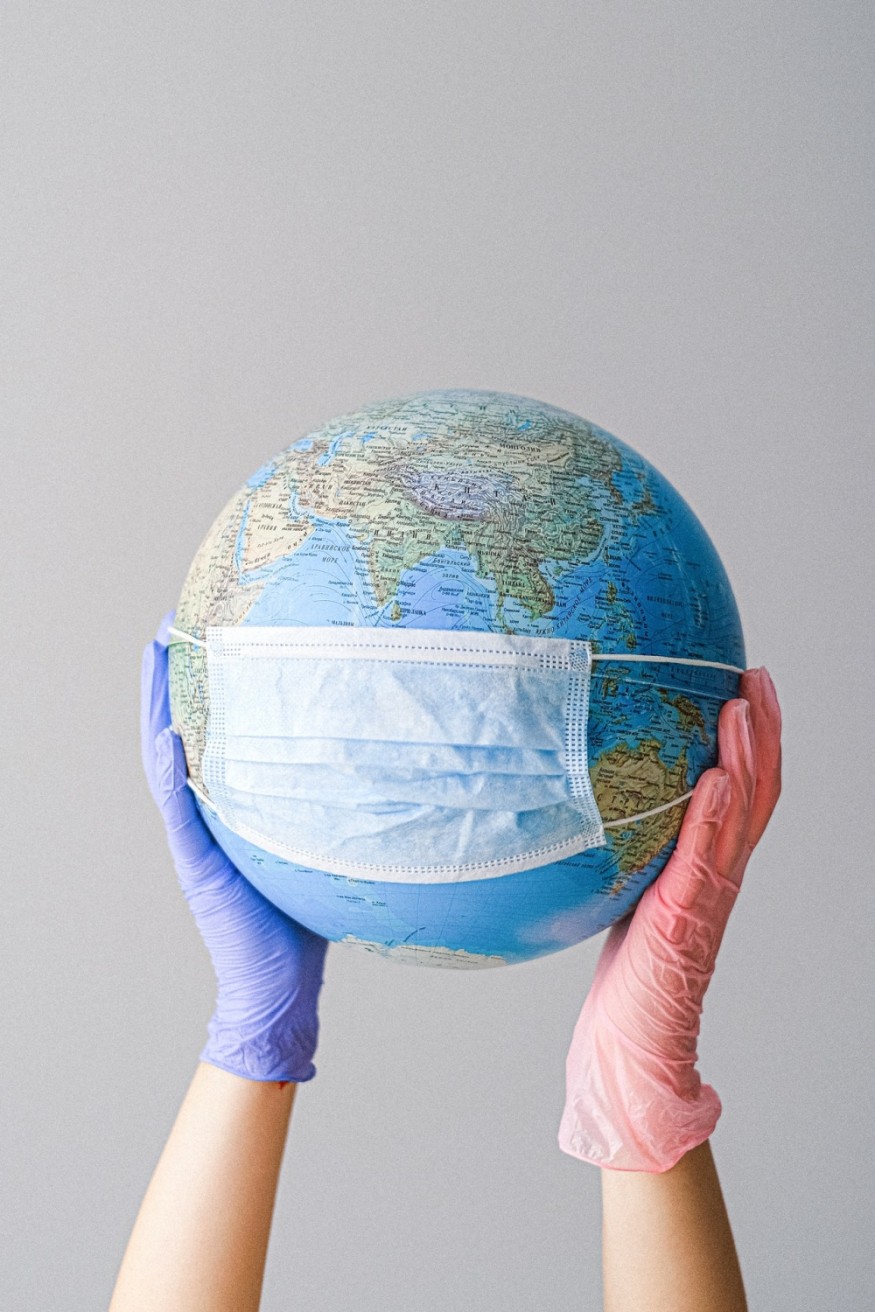
Early during the United States' first major wave of the COVID-19 pandemic, news stories generated national environmental excitement,as smog and haze resided during city-wide closures, as reported by The Conversation. For many, one of the silver linings of the pandemic was this temporary pause in our nations' industrial damage to the environment.
However, soon things started to change as parts of our economies re-opened, industries made environmentally-damaging adaptations and lifestyle changes threatened the environment in new ways. Understanding these pros and cons is essential to analyzing our next steps in finding sustainable solutions post-COVID-19. Guided by a Brecks.com report of industries hurt and helped the most by COVID-19, here's how some industry-wide changes may have affected the environment.
On the positive side of things, sales in the gardening and nursery industries experienced an 8.6% increase in their sales during this period. The increase in gardening as a both a therapeutic hobby and an opportunity to create household produce collections drove the popularity of gardening during the early months of the pandemic, as reported by USA Today. And this increase may very well have some meaningful impacts on sustainability, with more Americans reducing waste, composting for their own gardens and becoming more attuned to their personal environmental impact.
Another plus for the environment came from the reduction in spending in certain high-harm industries. The report shows a decrease in gas station profits by nearly 30% and a decrease in revenue for new car dealerships by nearly 35%. Looking at reduced spending in these areas as an indicator of reduced emissions offers a positive outlook for those concerned with the planet.
However, not everything about the pandemic has led to positive green changes. For example, the Brecks.com analysis reported that the e-commerce and non-brick-and-mortar retail industry experienced an increase in sales of over 20%. What does this mean for the environment? Online retailers boast their sustainable considerations, citing their use of recyclable packaging and use of group orders, but the emissions output of trucks whirring across the country to deliver groceries and retail goods has a tremendous carbon footprint and ordering single items for entire shipments is less environmentally friendly than large trips to a single retailer.
Further, the surge in grocery sales plays into a greater grocery system that contributes to food and water waste across our country.
And soverall, the environmental impact of COVID-19 is neither wholly good nor bad- it is a combination of both. It is up to consumers, businesses and communities to come together and consider how to sustainably adapt to our new normal.
© 2025 NatureWorldNews.com All rights reserved. Do not reproduce without permission.





